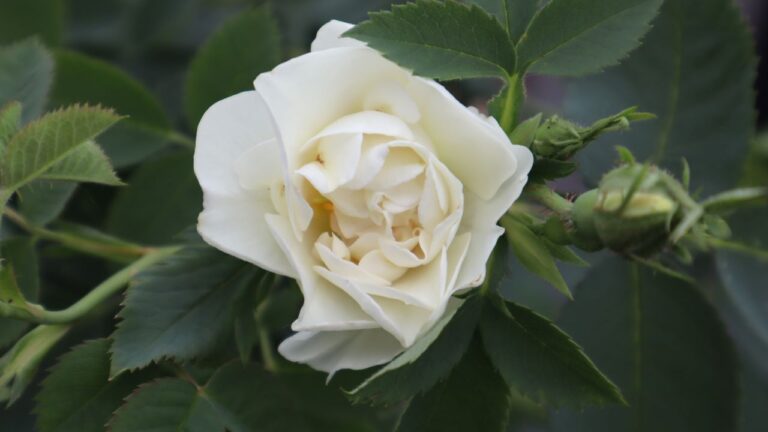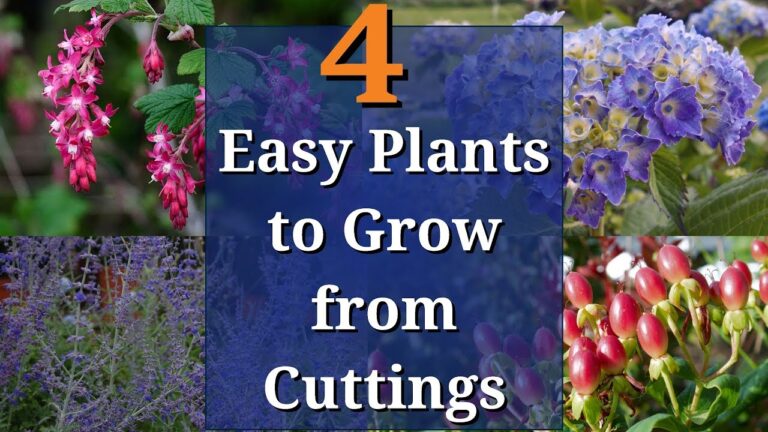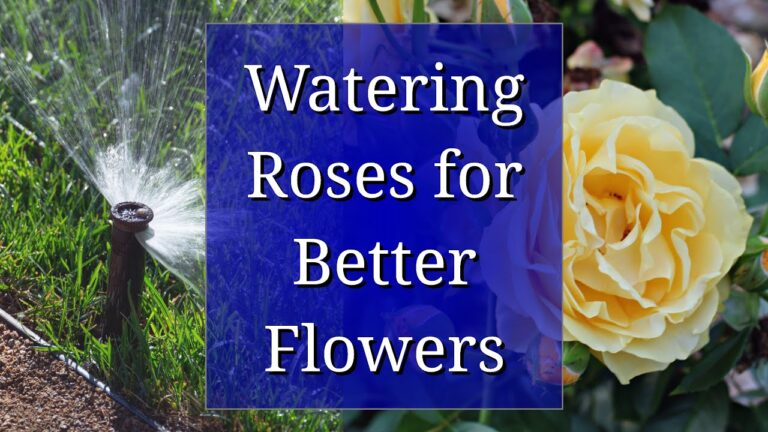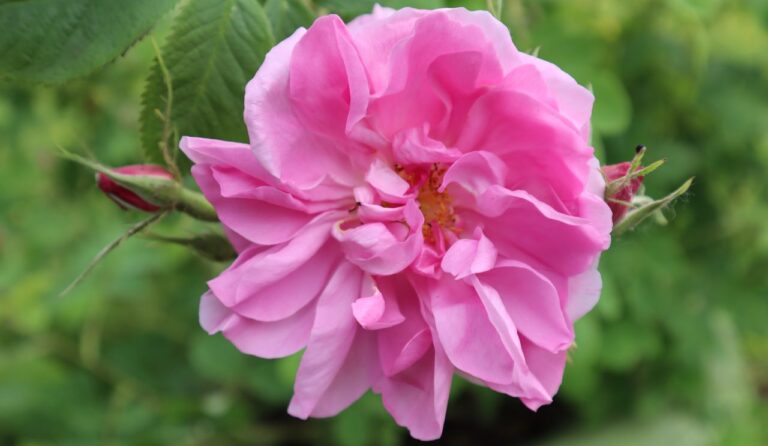Jason from Fraser Valley Rose Farm shares his insights on mastering plant propagation by starting with easy-to-root plants. For novice propagators facing challenges like rotting or drying cuttings, choosing the right plants can make all the difference. In this guide, Jason highlights a range of plants that offer quick, rewarding results for beginners, helping them build confidence and refine their techniques.
Why Start with Easy Plants?
When learning propagation techniques, starting with forgiving plants is crucial. Difficult-to-root plants can complicate the process, leaving beginners unsure whether failures stem from technique or the plant’s natural resistance to propagation. Jason emphasizes that starting with confidence-builders enables new propagators to learn the basics while achieving early successes.
Roses: A Perfect Starting Point
Roses, particularly certain varieties, are an excellent starting point for propagation. Jason emphasizes hybrid musk roses like Ballerina, which not only thrive in gardens but also root effortlessly from cuttings. Landscape roses such as Bonica and climbing roses like Leverkusen are similarly forgiving. Miniature roses are another great choice, blooming prolifically and providing ample material for experimentation. Jason advises starting with fresh, semi-hardwood cuttings taken in the growing season for the best results.
Garden Shrubs and Perennials
Other shrubs, such as willows and hydrangeas, make propagation incredibly easy. Willows, including ornamental varieties like Japanese pink-flowering willow (Mount Aso), can root directly in the soil without additional care. Hydrangeas, both mophead and paniculata types, root well in humid conditions, with Jason showcasing trays of thriving hydrangea cuttings.
For perennials, sedums are a standout choice. Their drought-tolerant nature means they don’t require a humidity dome, making them ideal for beginners. Mint family members, including lavender, Russian sage (Perovskia), and salvia, are also easy to root, with consistent methods working across the group. Jason highlights their versatility, noting that once you master one, you’ve effectively mastered them all.
Easy Plants to Propagate from Cuttings: A Beginner’s Guide
Jason from Fraser Valley Rose Farm welcomes gardeners to explore the art of propagation with a straightforward approach designed for beginners. For those who’ve faced the disappointment of failed attempts—whether cuttings that dried out or rotted—Jason reassures that the key may be starting with the right plants. Choosing easy-to-root plants helps build confidence and refine techniques before tackling more challenging species. In this guide, Jason highlights ideal plants to start with, offers tips for successful propagation, and advises on which plants to avoid as a beginner.
Building Confidence with Easy Plants
Propagation can be intimidating, especially when faced with initial failures. Jason recommends starting with plants that are naturally inclined to root quickly and reliably. These “confidence builders” allow gardeners to focus on mastering the basics without the frustration of difficult species.
Roses: A Perfect Starting Point
Roses, particularly certain varieties, are an excellent starting point for propagation. Jason emphasizes hybrid musk roses like Ballerina, which not only thrive in gardens but also root effortlessly from cuttings. Landscape roses such as Bonica and climbing roses like Leverkusen are similarly forgiving. Miniature roses are another great choice, blooming prolifically and providing ample material for experimentation. Jason advises starting with fresh, semi-hardwood cuttings taken in the growing season for the best results.
Garden Shrubs and Perennials
Other shrubs, such as willows and hydrangeas, make propagation incredibly easy. Willows, including ornamental varieties like Japanese pink-flowering willow (Mount Aso), can root directly in the soil without additional care. Hydrangeas, both mophead and paniculata types, root well in humid conditions, with Jason showcasing trays of thriving hydrangea cuttings.
For perennials, sedums are a standout choice. Their drought-tolerant nature means they don’t require a humidity dome, making them ideal for beginners. Mint family members, including lavender, Russian sage (Perovskia), and salvia, are also easy to root, with consistent methods working across the group. Jason highlights their versatility, noting that once you master one, you’ve effectively mastered them all.
Tips for Successful Propagation
Jason offers practical advice to improve the chances of success:
- Humidity Domes: For many cuttings, maintaining a moist environment is essential. A humidity dome helps trap moisture, reducing water loss and ensuring cuttings stay hydrated while they root. However, plants like sedums can thrive without this step.
- Timing Matters: Seasonal timing is crucial for success. Fall cuttings benefit from cooler temperatures that slow growth and encourage rooting. In spring, longer daylight hours and rising temperatures can boost success rates, while in tropical climates, stable conditions allow for year-round propagation.
- Avoid Overwatering: Keeping the soil or propagation medium moist but not waterlogged prevents rot. Jason advises using well-draining mixes like peat and perlite to strike the right balance.
Plants to Avoid as a Beginner
While many plants root quickly, others pose challenges that can discourage new propagators. Conifers, for instance, have slow metabolic rates, making them slow to root even under ideal conditions. Rhododendrons, azaleas, and other ericaceous plants require specific acidic conditions and are notoriously slow to establish. Boxwoods are another example of slow-rooting plants that test a beginner’s patience. Jason advises leaving these more temperamental species for later, once confidence and skills have developed.
Conclusion
Jason’s practical advice offers a clear roadmap for beginners to achieve success with propagation. Whether starting with roses, perennials, or garden shrubs, the key is to focus on plants that are eager to root and forgiving of mistakes. By choosing confidence-building plants, experimenting with timing, and following tried-and-true techniques, gardeners can cultivate not only new plants but also their own skills and confidence.





